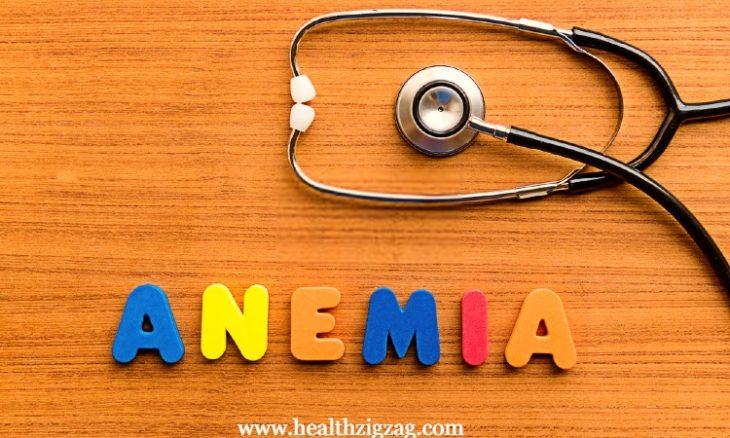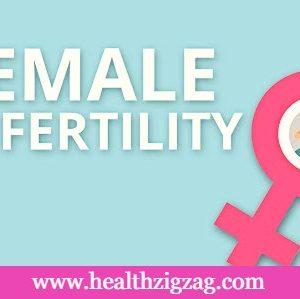
Contents
Anemia in pregnancy
Blood is the fluid that circulates through the heart, arteries, veins, and capillaries of the body. It removes waste and carbon dioxide from the tissues and provides them with nutrition, electrolytes, hormones, vitamins, antibodies, heat and oxygen.
What is anemia?
Anemia is a condition that occurs from having too few red blood cells. This decreases the ability of red blood cells to carry oxygen or iron. Iron-dependent chemicals (enzymes) in tissues can affect the cellular function of nerves and muscles. Your baby depends on the mother’s blood. If you have anemia, your baby may not be able to grow to a healthy weight, maybe born earlier (premature birth), or have a low birth weight.
Read Also: Anemia and iron deficit: are they the same?
What are the most common types of anemias that can occur during pregnancy?
You may have different types of anemias during pregnancy. They are as follows:
Pregnancy anemia
During pregnancy, a woman has more blood. Pregnancy anemia dilutes the concentration of red blood cells in your body. This is often called anemia of pregnancy and is not considered abnormal unless the levels are deficient [1].
Iron deficiency anemia
During pregnancy, your baby uses the mother’s red blood cells to grow and develop, especially in the last three months of pregnancy. If you have an excess of red blood cells stored in the bone marrow before you get pregnant, you can use those reserves during pregnancy to meet the baby’s needs. Women who do not have adequate iron stores can develop iron deficiency anemia. It is the most common type of anemia during pregnancy. Lack of iron in the blood, which is necessary to produce haemoglobin (the part of the blood that distributes oxygen from the lungs to body tissues). It is essential to have proper nutrition before you get pregnant to help create these reserves and avoid iron deficiency anemia [2].
You May Like Also:
- Constipation During Pregnancy: How To Get Rid Of It?
- Diabetes in Pregnancy: Causes and Treatments
- Types of pregnancy: Diseases and complications in pregnancy
- Pelvic Pain In The First Trimester Of Pregnancy
Vitamin B12 deficiency
Vitamin B12 is vital for the formation of red blood cells and protein synthesis. Eating animal foods, such as milk, meats, eggs, and poultry, can prevent vitamin B12 deficiency. Women who do not eat plant-based (vegan) foods are most likely to be deficient in vitamin B12. Strict vegan women often need vitamin B12 injections during pregnancy [3].
Folate deficiency
Folate, also called folic acid, is a B vitamin that helps iron in cell growth. If you don’t have enough folate during pregnancy, you may be deficient in iron, since iron and folic acid are found in the same types of food. Research shows that folic acid can help lower the risk of having a baby with specific congenital disabilities of the brain or spinal cord if consumed before conception and in the early stages of pregnancy.
What are the symptoms of anemia?
Women with anemia of pregnancy may have no apparent symptoms unless cell counts are very low. Anemia symptoms may be different for every woman. Some of the symptoms are:
- the pallor of the skin, lips, nails, palms of the hands, and the lower part of the eyelids;
- fatigue;
- vertigo or dizziness;
- laboured breathing;
- fast heart rate (tachycardia).
The symptoms of anemia can sometimes be similar to those of other medical conditions or problems. Always see your healthcare provider for a diagnosis.
How is anemia diagnosed?
Your healthcare provider will check to see if you have anemia on your prenatal exams. It is usually found during a routine blood test to check hemoglobin or hematocrit levels. Other ways to check for anemia may include additional blood tests and other evaluation procedures.
- Haemoglobin is the part of the blood that distributes oxygen from the lungs to body tissues.
- Hematocrit is the measurement of the percentage of red blood cells within a specific volume of blood.
Treatment of anemia
Your healthcare provider will determine the best treatment for your anemia based on the following:
- your pregnancy;
- general health and medical history;
- the degree of your anemia;
- your tolerance for specific medications, procedures, or therapies;
- how long the illness expected to last;
- your opinion or preference.
Treatment depends on the type of anemia and how severe it is. Treatment for iron deficiency anemia includes iron supplementation. Some medications are extended-release, while others need to be taken several times a day. Drinking iron with citrus juice can help the body absorb it. Antacids can make it harder for your body to absorb iron. Supplements with iron can cause nausea and the stool to be blackish or dark green. Supplementation with iron may also cause constipation.
Prevention of anemia
Proper nutrition before pregnancy not only helps prevent anemia, but also helps build other nutritional reserves in the mother’s body. A healthy and balanced diet before and during pregnancy helps maintain iron levels and other essential nutrients necessary for your health and that of the baby.
Good sources of food with iron include the following:
- Red meats: beef, pork, lamb and meat from the liver and other organs
- Poultry: chicken, duck, turkey, liver (especially dark meat)
- Fish meat: Seafood, including clams, mussels, and clams (well cooked) are excellent. Also sardines and anchovies. The FDA recommends that pregnant women eat 8 to 12 ounces a week of low-mercury fish. For example, salmon, shrimp, pollock, cod, tilapia, and catfish. But do not eat the following fish, which are the ones with the highest mercury content: Gulf of Mexico tilefish, shark, swordfish and king mackerel. Limit the amount of albacore (tuna) to just 6 ounces a week
- Green, leafy vegetables of the cabbage family, such as broccoli, kale, turnip greens, and cabbage
- Legumes, such as beans, peas, nuts, beans, black beans, and canned cooked beans;
- Yeast oatmeal bread and rolls
- Pasta, rice, cereals and white breads enriched with iron
Vitamin supplements with at least 400 micrograms of folic acid are recommended for all women of childbearing age and during pregnancy. Food sources with folate include the following:
- leafy vegetables, dark green
- dried beans and peas
- citrus juices and fruits and most berries
- fortified breakfast cereals
- enriched grain products
Published By Healthzigzag.com
Read Also:




